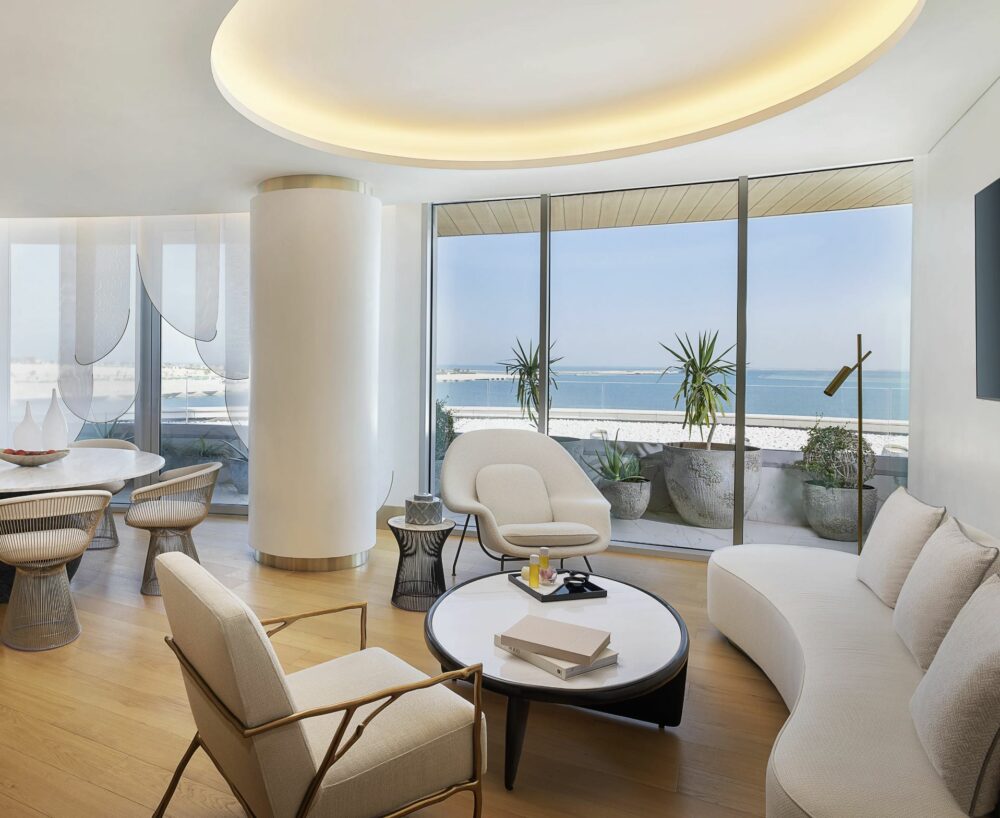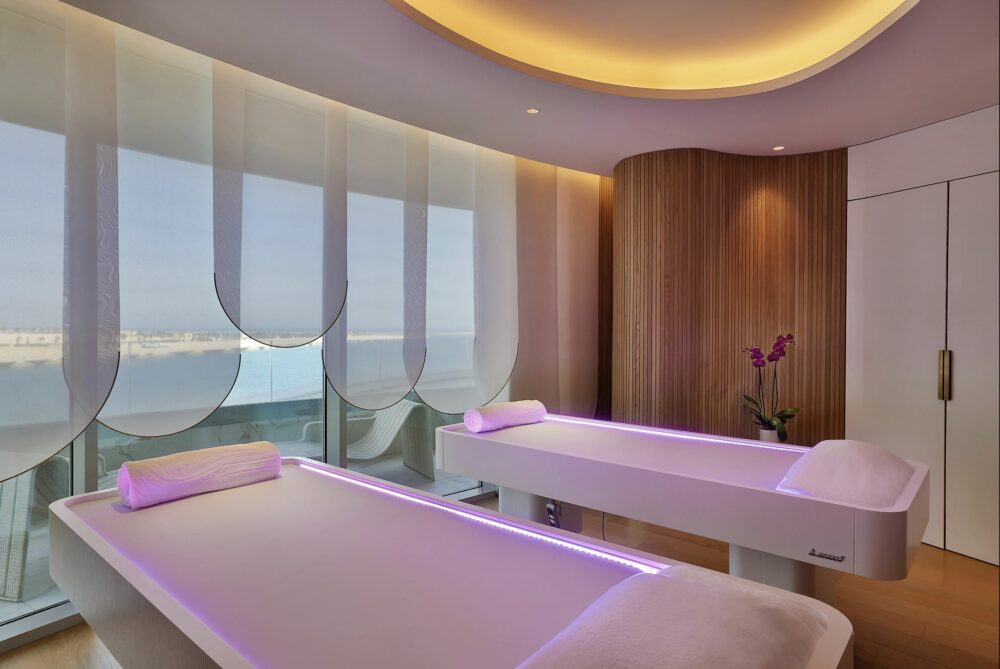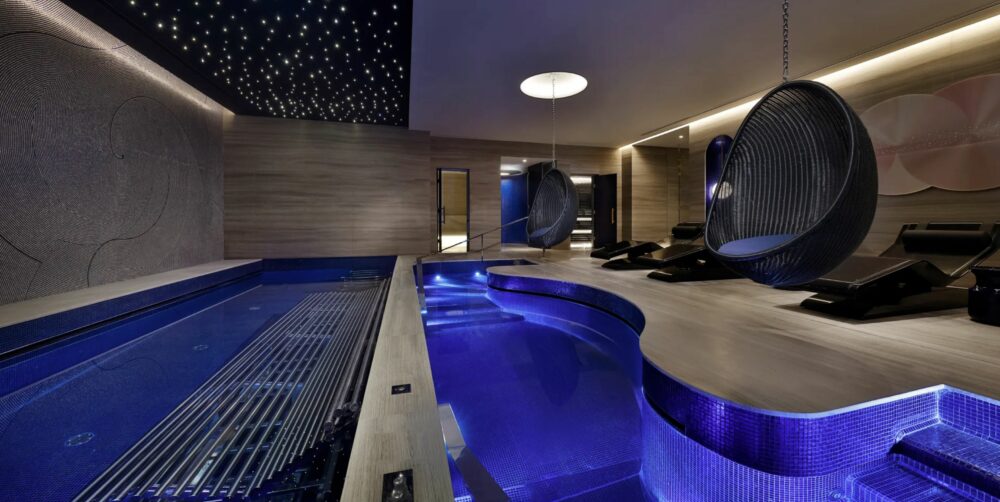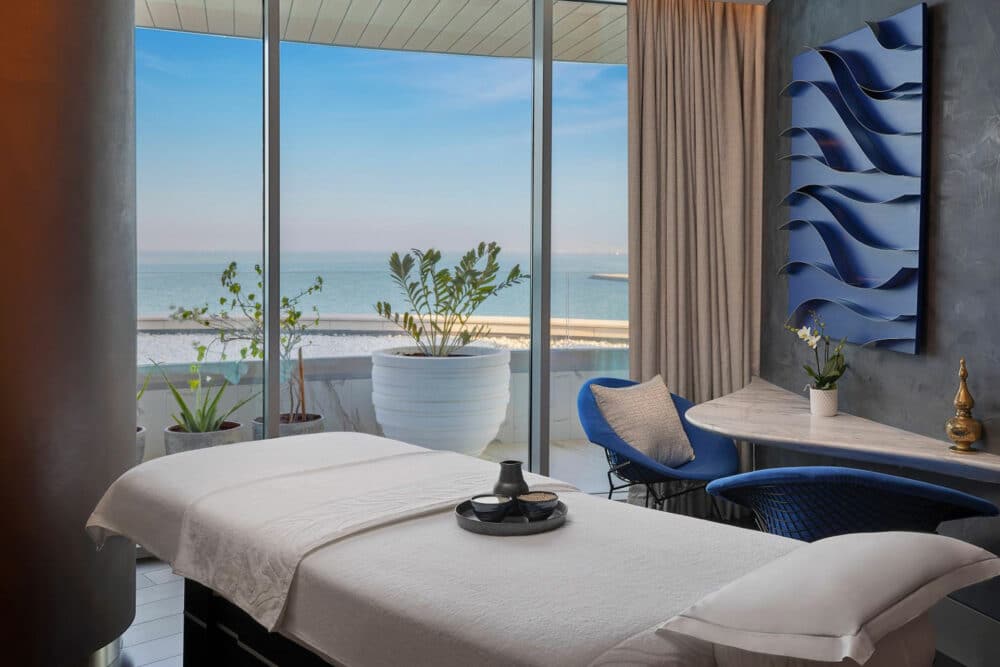Spa trends continue advancing with biohacking, spiritual wellbeing, sleep optimization, and eco-design at the forefront.
The spa industry is at the forefront of innovation, continually adapting to meet the evolving preferences and needs of guests. Several key themes are driving spa experiences in 2024, including biohacking and sleep optimization, which Dany Golby, Managing Director of ESPA International, details in an interview with European Spa. As a foundation for such client treatment trends, we dig into the ever-growing concept of eco-design by discussing important points on the minds of professionals today. Such eco-design principles are reshaping spa environments to minimize environmental impact while maximizing guest comfort and well-being.
Insights from ESPA: Biohacking, Spiritual Wellbeing, Sleep Optimization, Communal Spa Experiences
As the wellness industry evolves, spas are at the forefront of integrating cutting-edge trends and technologies to enhance guest experiences. In an exclusive interview with European Spa – Platinum Resource 2024, Danny Golby, Managing Director of ESPA International, shared his visionary insights into the future of spa trends. Golby predicts that biohacking, spiritual wellbeing, sleep optimization, and communal spa experiences will dominate the industry in the coming years.
“I predict biohacking is here to stay and we’ll see it more and more in spas,” Golby remarked, emphasizing the relevance of biohacking to the spa industry while cautioning against its overuse as a buzzword. “Biohacking covers a wide range of modalities and experiences, and it’s up to us to define the uses and benefits of biohacking to spa guests and regulate the offering.”
From AI-driven well-being technology to hands-on treatments and low-touch, self-managed options, biohacking is set to revolutionize the spa experience, linking seamlessly with at-home wearables and other tech innovations. Golby also highlighted the rising importance of spiritual wellbeing, predicting a surge in meditation and breathwork offerings.
“Going forward, spas will offer more meditation and breathwork, encouraging guests to connect better with themselves to achieve contentment,” he said. Additionally, treatments focusing on improving overall resilience and increasing energy levels through methods such as cold water therapies are expected to become more prevalent.
Sleep optimization remains a significant focus, with spas playing a key role in promoting sleep hygiene and innovative sleep improvement techniques. The customer journey in spas is also evolving, with a resurgence in social spa experiences. The trend towards social spa experiences is growing, with more communal rituals and spaces fostering a sense of community. Spa design is evolving to include more inclusive facilities and immersive thermal suites featuring visual and sound elements.
Founded in 1992 and part of THG’s Beauty portfolio, ESPA International continues to push the boundaries of luxury and innovation in the wellness industry, embracing both holistic roots and advanced technologies for an integrated and personalized spa experience.


Greener Spas: Embracing Sustainability in Design and Operations
Sustainable spa design is essential for a greener future. Both new and existing wellness projects must achieve high green credentials by using eco-friendly materials, energy-efficient heating, and natural light. New spas can integrate sustainability from the start, while existing spas can retrofit with innovative solutions. Despite their high energy and water use, spas can still provide relaxation while minimizing their environmental footprint.
With rising consumer demand for sustainability, the prevalence of greenwashing has led to stricter regulations by governments and advertising authorities, making it easier to navigate the array of new eco-friendly materials on the market. Innovations in materials, such as environmentally sound clay renders and recycled plastics, offer designers a new palette of resources that are both sustainable and beneficial to health and comfort. For instance, Clayworks produces natural, non-toxic clay renders with low VOC emissions and no synthetic additives, providing an eco-friendly option that also enhances indoor air quality. These materials often reduce noise and provide thermal insulation, contributing to a healthier spa environment.
Energy preservation is a key focus, with technologies like solar power, biomass generators, and water source heat pumps becoming standard in spa operations. These systems, when combined with photovoltaic panels and rainwater harvesting, significantly reduce carbon footprints and promote energy efficiency. Biomass boilers, for example, avoid methane gas combustion, while heat pumps utilize stable water temperatures from nearby basins to provide heating and cooling. Additionally, sustainable water management practices, such as installing water recycling and filtration systems and using aerators on faucets and showers, help reduce water consumption. By capturing and filtering rainwater for pools, spas can further decrease their reliance on potable water sources, ensuring a holistic approach to sustainability.











